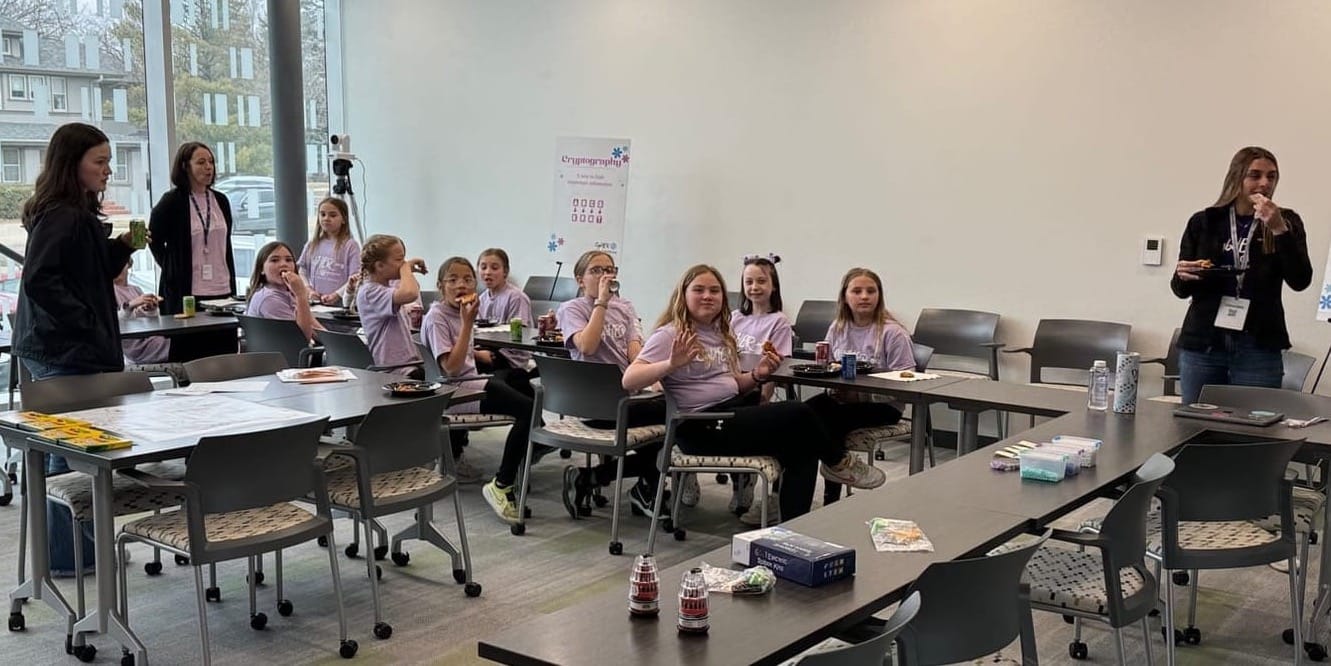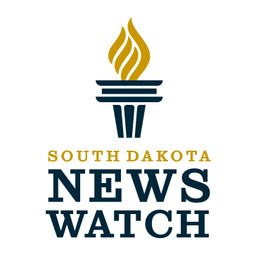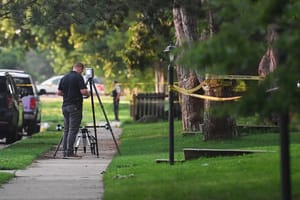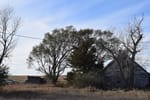Thousands of South Dakota children – many from low-income working families – could lose the opportunity to attend after-school or summer education programs under the latest funding freeze enacted by the Trump administration.
The $6.5 million in federal grants for community learning centers across South Dakota is part of a larger set of possible grant reductions that would eliminate $25.8 million in federal spending on five education programs in the state.

Nationally, the administration has frozen $6 billion in grants for the five education initiatives, including after-school and summer education, adult literacy, migrant education, school instructional assistance and English language instruction.
Money that was allocated and expected to be received by states on July 1 is on hold, as are any future grant allocations, The Associated Press reported.
The administration has frozen the grants as it reviews all spending to ensure it aligns with the goals of President Donald Trump, according to the AP. Beyond the current grant freeze, the president has not included funding for the five programs in his proposed 2026 spending plan.
South Dakota Secretary of Education Joseph Graves told News Watch that he has alerted all school superintendents across the state that the grants are on "pause."
"They're under review, but that doesn’t mean they’re being eliminated," Graves said. "For reasons they haven't talked about, they're being reviewed."
Join other South Dakotans and support statewide storytelling.
Graves said he urged school officials to prepare to adapt if the grant funding is eliminated.
"At this point, what we’ve said to people is that we don’t know when the final decision will be made. And if I was a school superintendent, I’d be trying to figure out how I can be flexible if the money doesn’t come," he said.
11% of federal education funding for SD
The $25.8 million attached to the five grant programs would amount to a loss of nearly 11% of the total federal funding provided for education in the state, according to the U.S. Department of Education.
The grants include $10.8 million for instructional assistance in schools, $6.7 million to support student achievement, $6.5 million for after-school and summer learning as well as cuts to migrant and English language learning programs.
If the grant freeze becomes permanent, South Dakota would lose grants that serve an estimated 6,800 children in 84 communities through after-school or summer learning programs, according to the Afterschool Alliance, a national nonprofit advocacy organization. Many of the programs are run by school districts or through the Boys and Girls Club and other community organizations.
This article is the latest in an ongoing effort by South Dakota News Watch to document the changes in spending by the Trump administration. News Watch is also examining other programs, including Medicaid and the Supplemental Nutrition Assistance Program, though details on those and other program impacts are only slowly becoming available.
Children and families aided in Kadoka
About 40 children in the rural community of Kadoka, located 100 miles east of Rapid City, attend the Kadoka Academy and Rural Connections program, which provides after-school education and activities during the school year and every day for eight weeks during the summer.
But the fate of the program is now uncertain due to the grant freeze.
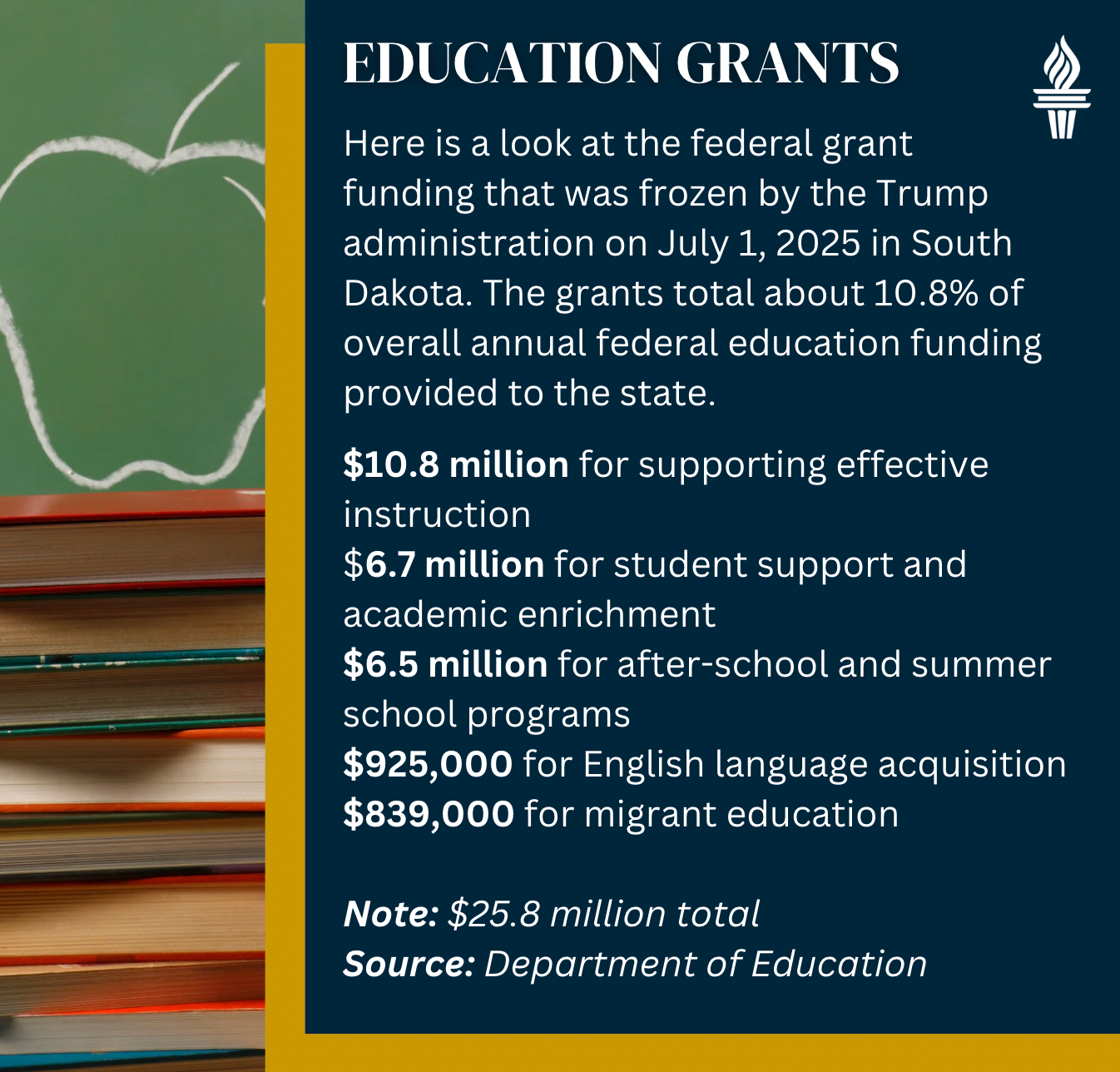
For Nikki Bonenberger, who runs the Kadoka academy program, the grant freeze has caused uncertainty and raised concerns that children in her community who need educational help after school and during the summer could miss out on critical services. The programs, she said, help prevent children from falling behind in school or being left alone while their parents work.
“We provide a safe place, but we also provide the education piece that supports the schools on a daily basis,” Bonenberger told News Watch. “We’re in rural South Dakota, so it would affect us and create a really big deficit here.”
Bonenberger was unsure how much federal grant money the program receives. But federal guidelines for the 21st Century Community Learning Centers Grant allows for funding of $50,000 to $300,000 a year for up to five years for qualified programs. Graves said the learning center grants are doled out after a competitive process among school districts and other community service providers.
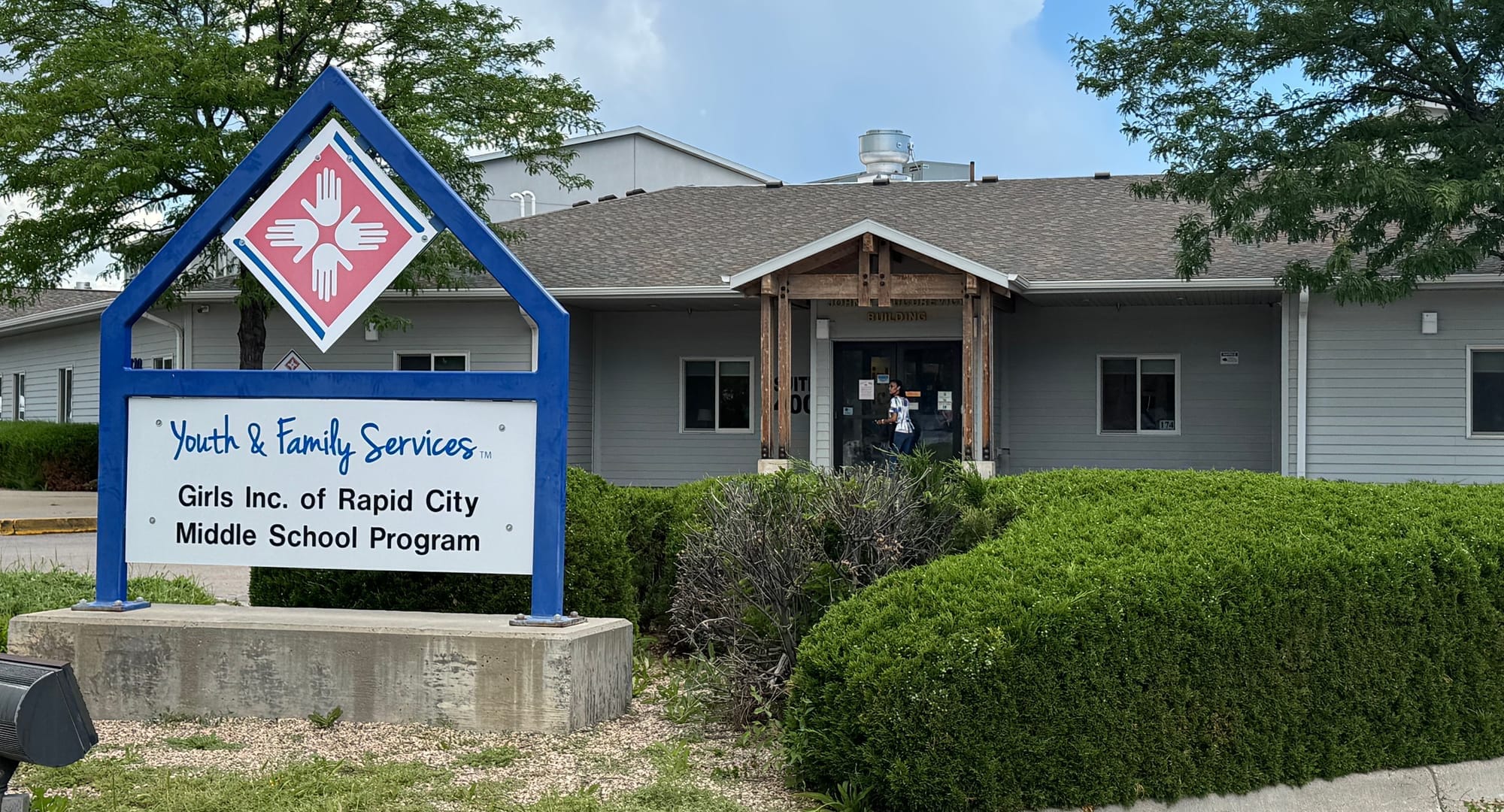
Programs run outside the traditional school day have long-range benefits for many children, especially those with working parents or from low-income families, the Afterschool Alliance reports.
Children who attend after-school programs are less likely to get into trouble, do better in school and have the potential for greater educational and financial success later in life.
Preparing to adapt in Belle Fourche
Orion Thompson, superintendent of the Belle Fourche School District, said he is keeping an eye on the grant pause because his district uses federal funding for after-school and summer school programming and as a supplement to the salaries of some district employees.
“My hope is that it’s just short-term posturing and not a permanent situation,” Thompson told News Watch.
Thompson said he is considering options to adapt if the freeze becomes permanent.
“This has the potential to create restrictions or a re-evaluation of services,” he said. “If we can’t do these things anymore, it really just falls back on the parents.”
Low-income families rely on programs
Sandra Waltman, spokeswoman for the South Dakota Education Association, said the program cuts will hurt students and their families, especially those with lower incomes.
“It will really affect low-income families whose parents might not have the ability to provide after-school or summer care while they’re at work,” Waltman said. “These are vital programs to help students reach their full potential and not fall through the cracks.”
Waltman said the timing of the grant freeze — coming a month or so before the school year — is causing deep uncertainty for school districts and families.
“With school just around the corner, it could leave a lot of families scrambling and trying to figure out what to do now,” she said.
This story was produced by South Dakota News Watch, an independent, nonprofit organization. Read more stories and donate at sdnewswatch.org and sign up for an email to get stories when they're published. Contact Bart Pfankuch at bart.pfankuch@sdnewswatch.org.

